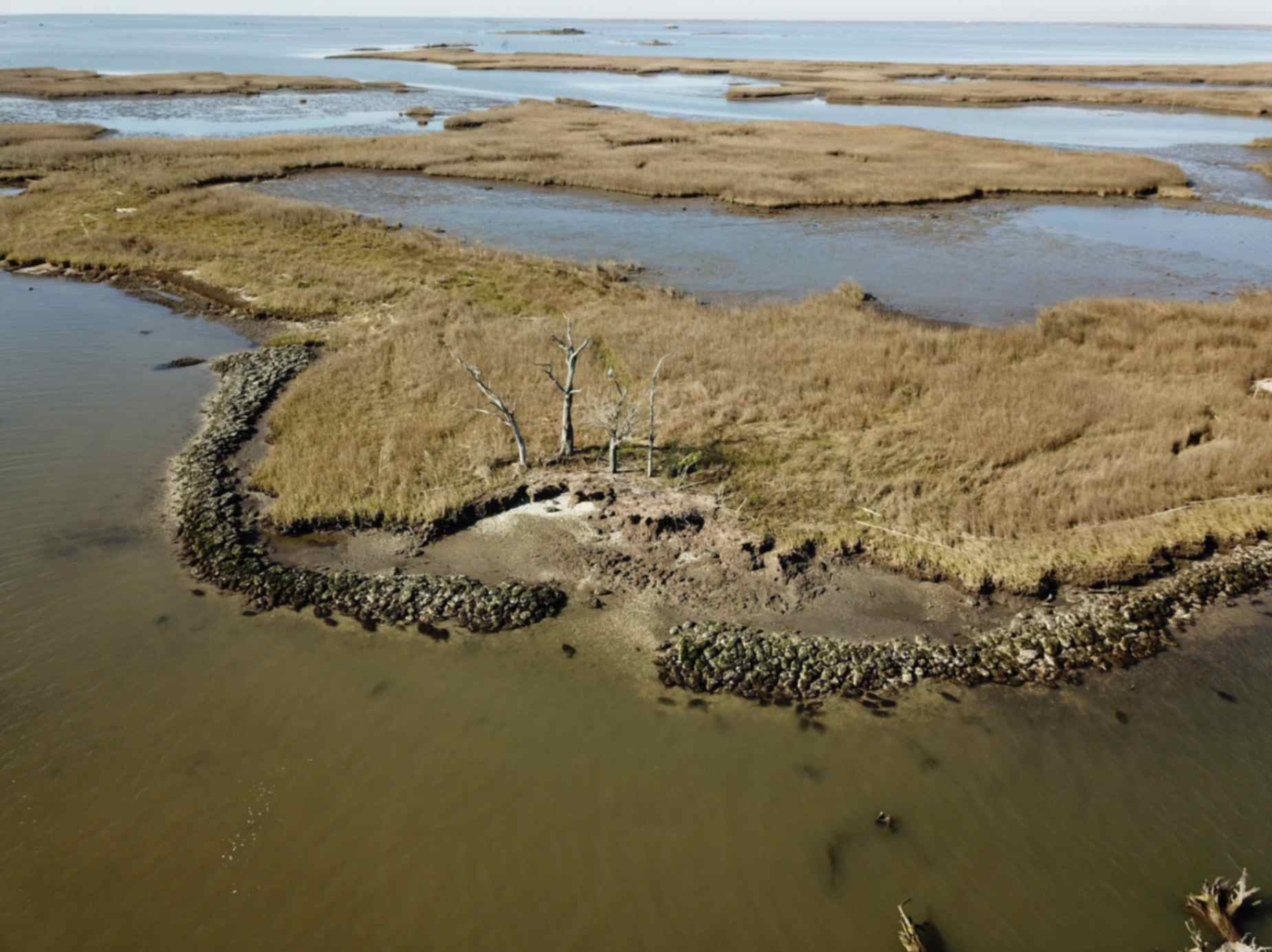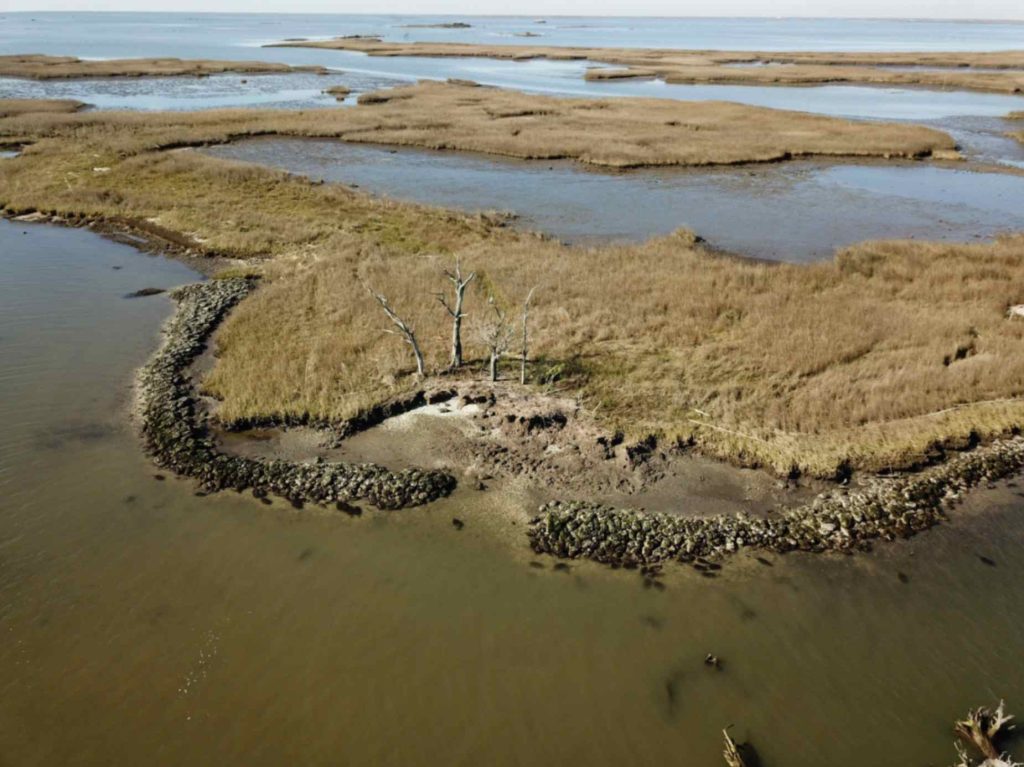Coastal heritage is globally threatened by climate change
Dr. Liz Chamberlain and Dr. Roy van Beek, both of Wageningen University & Research (WUR) in The Netherlands, along with American colleagues argue a synergy of both approaches is required to protect coastal archaeological landscapes. In a paper published April 15th in PNAS Nexus, the team used LiDAR digital elevation models, site location data, and NOAA sea level rise models to define impacts and inundation of archaeological sites across the globe.

The study highlighted risks in the U.S. Gulf coast regions of the Florida Big Bend and Louisiana’s Mississippi Delta. In Florida’s Big Bend region, 11 Indigenous sites are already at or below sea level and a further 142 mound and midden sites could be submerged in the next century. In the Mississippi Delta, 11 Indigenous sites are at or below sea level and a further 107 mound and midden sites are at risk.
“Where I’m from in coastal Louisiana, it is well known that land is being lost to the sea, and there are great efforts from many agencies, policy makers, and scientists to combat this land loss crisis,” said Liz Chamberlain, an author of the study and assistant professor at WUR. “Louisiana hosts an abundance of coastal archaeological sites that are very understudied yet face the same risks as the land beneath them. There is a real and urgent need to include archaeological sites in Louisiana coastal restoration.”
Similar risks exist for the many heritage sites in the coastal and other low-lying parts of The Netherlands, which form an important part of the country’s cultural identity. Despite past major investments in dikes, dams, and storm-surge barriers, archaeological sites are still highly vulnerable to various threats ranging from sea level rise, flooding, extreme weather events, heat and drought.
According to Roy van Beek, associate professor at WUR and also a co-author of the paper, “In the Netherlands, attention for the impacts of climate change on archaeology, built heritage and cultural landscapes is gradually increasing. However, such work is still in its infancy, and there is still a long way to go to safeguard these essential parts of our national heritage and embed them firmly in existing climate adaptations policies”.
The study identified additional risks in Oceania, and in coastal Peru where population pressure and development practices also drive archaeological site loss. The authors call for policies integrating coastal ecosystem management with archaeological and historical resource preservation, using Indigenous Traditional Ecological Knowledge, and cultural-ecosystem services approaches.
Bibliographic information:
Jayur Madhusudan Mehta, Elizabeth L Chamberlain, Matthew Helmer, Elizabeth Haire, Mark D McCoy, Roy van Beek, Haizhong Wang, Siyu Yu, Preserving coastal environments requires an integrated natural and cultural resources management approach, PNAS Nexus, Volume 4, Issue 4, April 2025, pgaf090, DOI: https://doi.org/10.1093/pnasnexus/pgaf090
Press release from Wageningen University & Research

